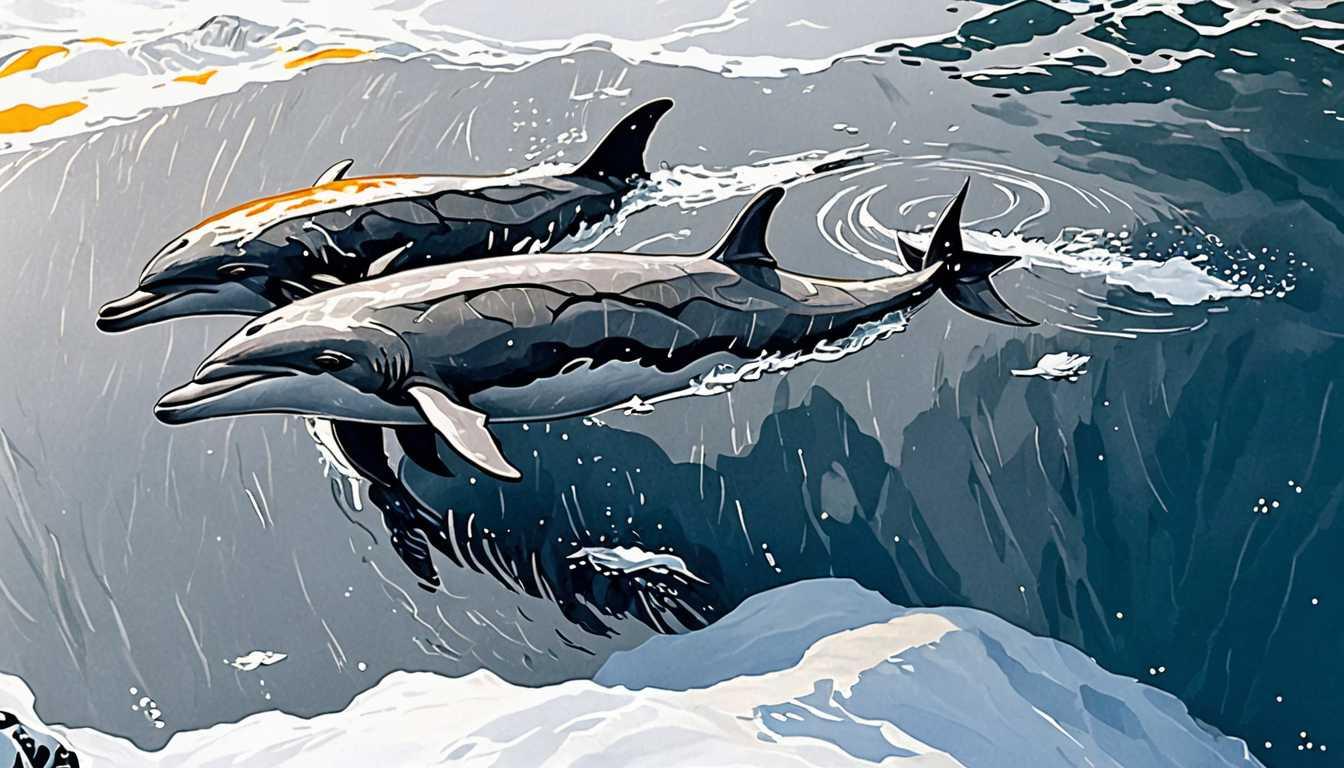Wings of Change: Butterflies vs. Climate
July 2023
University of Cambridge
Introduction
Dive into a fluttering world of discovery with the University of Cambridge's latest findings! Learn why small or light-winged butterflies might be waving goodbye sooner due to climate change, while their larger, darker-winged friends could initially fare better. But there's a twist! Even these might struggle with sudden heatwaves or deforestation. Join scientists as they measure butterfly temps with tiny thermometers and explore the survival tactics of these colorful creatures. It's a race against time and temperature in the Journal of Animal Ecology.
READ FULL ARTICLEWhy It Matters
Discover how this topic shapes your world and future
Butterflies in the Balance - The Climate Change Effect
Why should you care about butterflies and climate change? Imagine a world where the vibrant flutter of butterfly wings is a rare sight - this could be our future if we don't understand and act on the effects of climate change. Butterflies, particularly those with small or light-colored wings, are facing a tough battle against rising temperatures. Their struggle highlights a much bigger story about how climate change is impacting biodiversity globally. These changes not only affect the natural beauty around us but also the health of ecosystems that support life on Earth, including our own. Understanding the challenges butterflies face allows us to see the broader implications of climate change and why it's crucial for us to take action. Plus, who doesn't find the iridescent glow of a butterfly wing utterly fascinating?
Speak like a Scholar
Thermoregulation
This is how butterflies keep their body temperature stable, even when the air temperature changes. Think of it as their way of putting on or taking off a jacket.
Thermal buffering
This strategy involves behaviors like seeking shade or angling their wings to avoid overheating. It's like finding a tree to stand under on a hot day.
Thermal tolerance
This refers to a butterfly's ability to survive extreme temperatures, thanks to physiological adaptations. Imagine wearing a special suit that keeps you cool in the desert heat.
Microclimates
Small areas with different climate conditions than the surrounding area. A shady spot under a tree in a sunny field is a simple example.
Heat shock proteins
Special proteins butterflies produce to protect themselves from damage caused by high temperatures. It's like having a built-in air conditioner at the molecular level.
Selective pressures
Environmental factors that influence which traits are beneficial for survival and reproduction. It's nature's way of saying, ""Adapt or face tougher times ahead.""
Independent Research Ideas
Comparative study of thermoregulation strategies in butterflies and bees
Investigate how different pollinators have adapted to manage their body temperature and what this could indicate about their resilience to climate change.
The role of microclimates in urban butterfly habitats
Explore how city parks, gardens, and green roofs provide essential microclimates for butterflies and how urban planning can enhance these refuges.
Impact of deforestation on butterfly thermal tolerance
Examine how the loss of forests affects the ability of butterflies to withstand heat, potentially leading to a decrease in butterfly biodiversity.
The evolution of wing coloration in response to climate change
Investigate the hypothesis that darker or lighter wing colors in butterflies have evolved as a response to changing temperatures and sunlight exposure.
The effectiveness of heat shock proteins in different butterfly families
Study how various butterfly families produce heat shock proteins and assess their effectiveness in protecting against heat stress, potentially identifying species at greater risk.
Related Articles

Why Whales Became Ocean Giants
March 2023
Stanford University

SealNet: Beyond Human Recognition
July 2022
Smithsonian Magazine

Seabirds' Last Stand: A Climate Lifeline
December 2022
University of Cambridge

Echoes of the 'Great Dying': A Modern Warning
February 2023
University of Bristol

Feathered Wanderers vs. Plastic Seas
July 2023
University of Cambridge